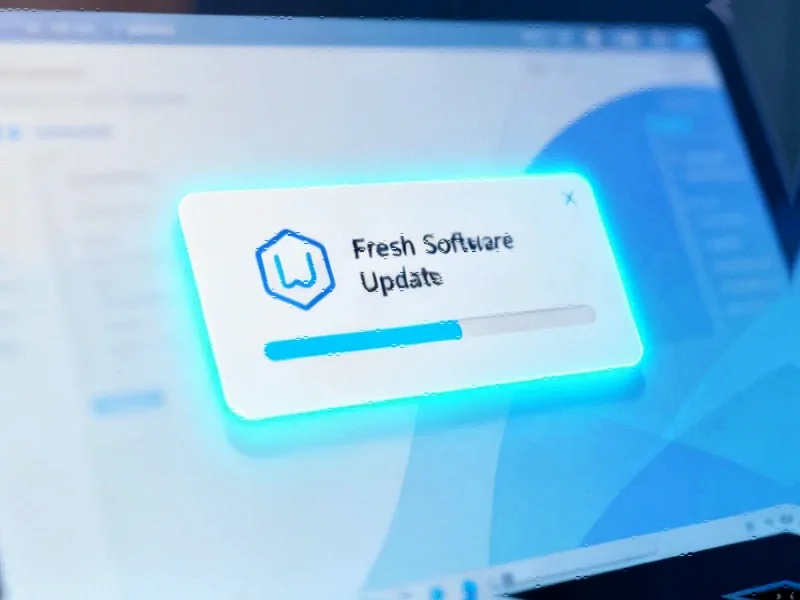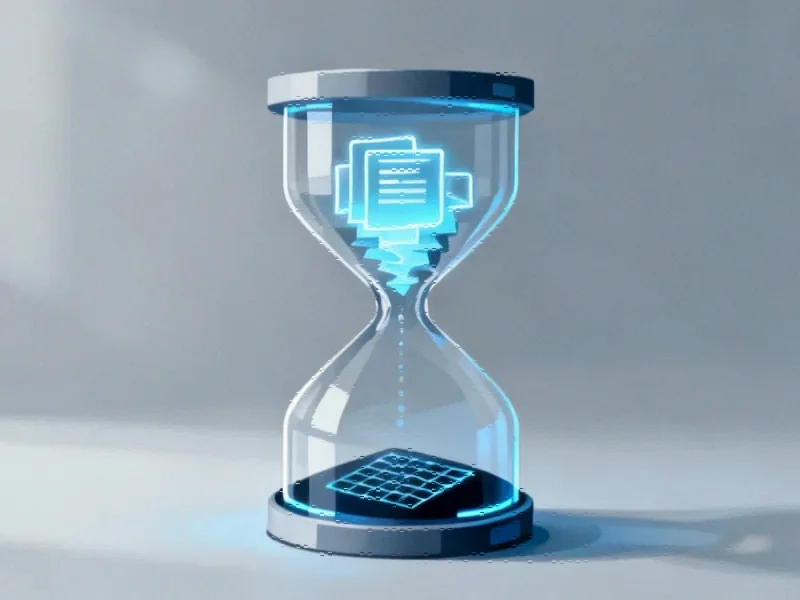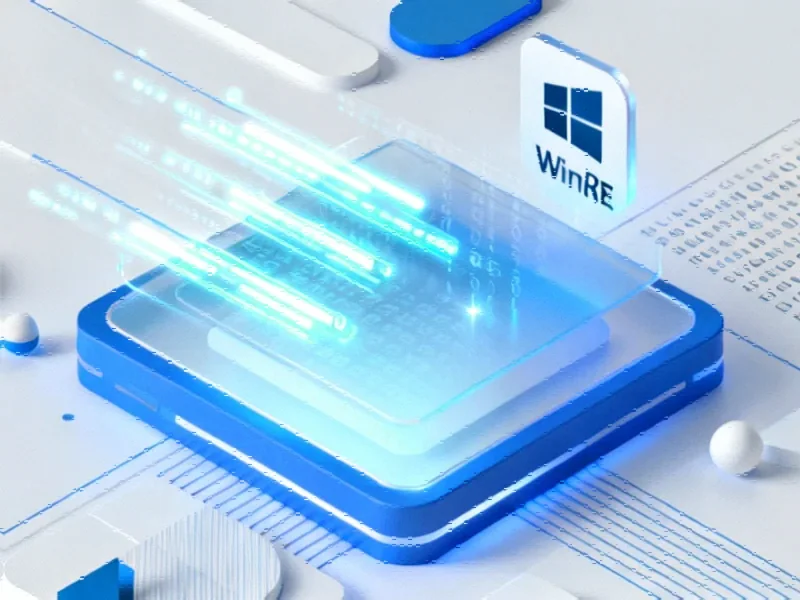Windows 11 25H2 Now Available to All Eligible Devices
Microsoft has officially confirmed that Windows 11 version 25H2, also known as the Windows 11 2025 Update, has completed its phased rollout and is now available to all eligible devices worldwide. This milestone represents the culmination of Microsoft’s careful deployment strategy, which began several weeks ago with limited availability to monitor for potential issues before expanding to the broader user base.
The company updated its official documentation on October 16, 2025, confirming the update’s widespread availability. According to Microsoft’s announcement, users who have enabled the “Get the latest updates as soon as they’re available” setting will receive the update immediately, while others can manually check through Settings > Windows Update.
A Conservative Update Focused on Streamlining
Unlike some previous Windows updates that introduced flashy new features, Windows 11 25H2 takes a more conservative approach. The most significant changes involve the removal of several legacy features and components that Microsoft has deemed obsolete. This streamlining effort aligns with the company’s broader strategy to modernize the Windows codebase and improve overall system performance and security.
While the update might not excite users looking for groundbreaking new capabilities, it represents an important step in Microsoft’s ongoing effort to refine the Windows 11 experience. The removal of outdated components helps reduce the operating system’s attack surface and potentially improves system responsiveness. For those interested in related innovations in system optimization, recent developments in computing architecture demonstrate similar approaches to streamlining complex systems.
How to Download and Install the Update
Users eager to update their systems can follow these steps:
- Navigate to Settings > Windows Update
- Select “Check for updates”
- If available, choose “Download and install” for Windows 11 version 25H2
- Ensure the “Get the latest updates as soon as they’re available” option is enabled for immediate access
Microsoft notes that devices running Windows 11 Home and Pro editions that aren’t managed by IT departments will receive the update automatically through Windows Update. Users can choose when to restart their devices to complete the installation, providing flexibility for those who need to maintain workflow continuity.
Enterprise Considerations and Update Management
For enterprise environments, the widespread availability of Windows 11 25H2 marks an important milestone for IT planning. Organizations can now begin broader deployment testing and implementation schedules. The conservative nature of this update, with its focus on removing legacy components rather than introducing disruptive new features, may make it particularly appealing for business environments where stability is paramount.
This approach to enterprise computing reflects broader industry developments where companies balance innovation with operational reliability. As organizations navigate these updates, they’re also considering how emerging technologies might impact their infrastructure planning.
Context Within Microsoft’s Update Strategy
The deployment pattern for Windows 11 25H2 follows Microsoft’s established practice of staggered releases, which allows the company to identify and resolve potential issues before they affect the entire user base. This cautious approach has become increasingly important as Windows continues to power a diverse ecosystem of hardware configurations and use cases.
Microsoft’s documentation hub for Windows 11 25H2 serves as a central resource for known issues, resolved problems, and update details. This transparency helps users and IT professionals make informed decisions about when to deploy the update in their specific environments. For comprehensive coverage of the update’s availability and implications, this detailed analysis provides additional context about the rollout process.
Looking Beyond the Update
While Windows 11 25H2 may not represent a dramatic shift in the operating system’s capabilities, its release timing coincides with several significant market trends in the technology sector. The computing landscape continues to evolve rapidly, with developments in areas ranging from data storage to processor architecture influencing how operating systems are designed and deployed.
Recent breakthroughs in ceramic data storage technology demonstrate how storage innovations might eventually influence future Windows features and capabilities. Similarly, performance improvements in processor technology, such as the remarkable gains shown by Apple’s M5 chip, highlight the competitive pressures that shape Microsoft’s development priorities.
The technology regulatory environment also continues to evolve, with recent actions such as Chinese regulators halting stablecoin initiatives illustrating how policy decisions can impact the broader technology ecosystem in which Windows operates. Meanwhile, research into how neighborhood environments predict health outcomes reflects the growing intersection between technology, data analysis, and quality of life considerations that may influence future computing applications.
Even seemingly unrelated recent technology sector developments, such as business responses to regulatory changes in other industries, provide context for understanding how companies like Microsoft navigate complex operational environments while continuing to deliver product updates to their user base.
Conclusion: An Update Worth Installing
Windows 11 version 25H2 may not be the most exciting update in Microsoft’s history, but it represents an important maintenance release that users should install to ensure their systems remain current, secure, and supported. The removal of legacy components, while not flashy, contributes to the long-term health and performance of the operating system.
With the update now available to all eligible devices, users can confidently proceed with installation, knowing that Microsoft has completed its phased rollout and monitoring process. As always, maintaining current software versions remains one of the most effective strategies for ensuring system security and compatibility with emerging applications and services.
This article aggregates information from publicly available sources. All trademarks and copyrights belong to their respective owners.
Note: Featured image is for illustrative purposes only and does not represent any specific product, service, or entity mentioned in this article.



